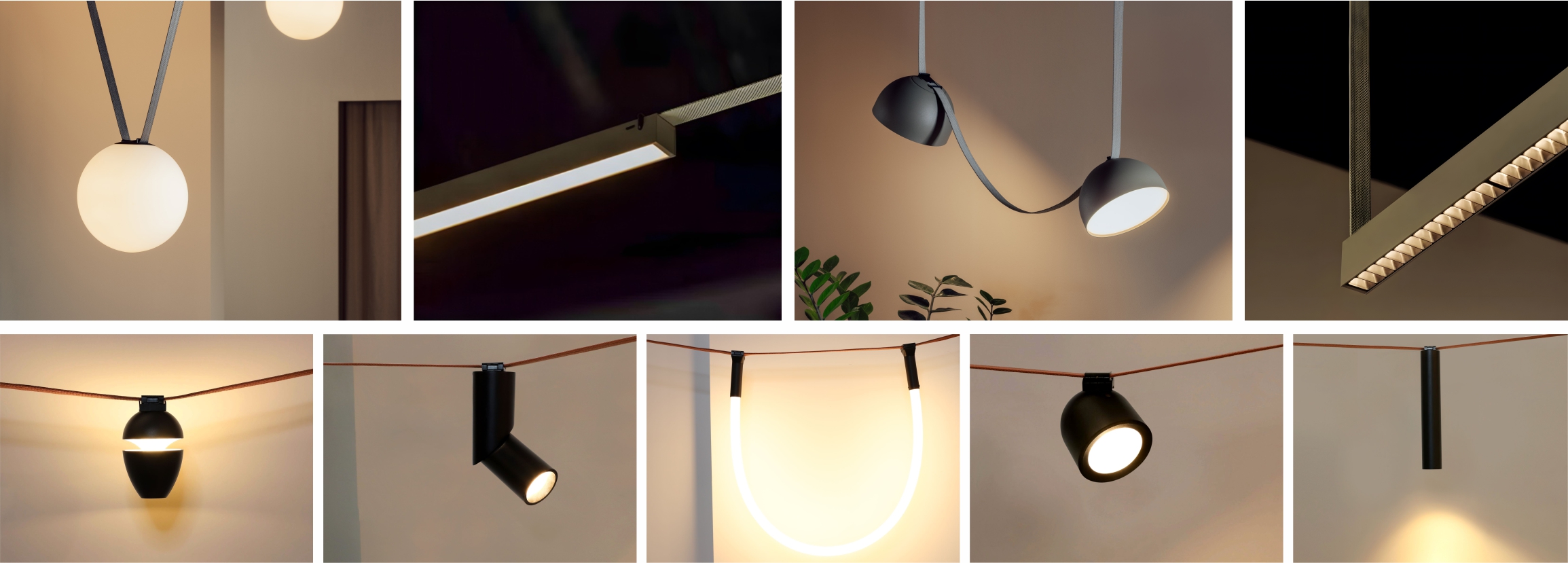A 22 years experienced manufacturer who has cooperated with 380 brands
- All
- Product Name
- Product Keyword
- Product Model
- Product Summary
- Product Description
- Multi Field Search
Author: Site Editor Publish Time: 2024-09-18 Origin: Site
LEDs (light-emitting diodes) release energy and emit light through the recombination of electrons and holes. Compared to traditional incandescent bulbs, LEDs are not only more efficient but also have a longer lifespan.
Advantages of LEDs
Efficiency: LEDs are more durable and have a lifespan over five times longer than traditional incandescent bulbs. The power consumption of LED bulbs typically ranges from 2 to 10 watts.
Brightness: The brightness of LEDs is measured in lumens rather than watts.
Design: LEDs are smaller and more flexible, allowing them to be designed into unique shapes and profiles.
No Heat Emission: LEDs convert electrical energy into light energy without generating heat in the process.
Mercury-Free: The production of LEDs does not involve the use of mercury.
Slow Dimming: LEDs gradually decrease in brightness over time rather than suddenly burning out.
Dimming: While early LEDs struggled to achieve the same dimming effects as incandescent bulbs, modern technology has greatly improved. Increasingly, fixtures now offer a "warm dimming" feature that not only reduces light output but also lowers color temperature.

Disadvantages of LEDs
Although the initial cost of LEDs is relatively high, their high energy efficiency and long lifespan typically allow for a return on investment within a few years.
Early LED lights mainly emitted directional light, making them more suitable for specific area lighting rather than providing ambient light. Today, omnidirectional LED fixtures have become more common, producing uniform and soft light through reflective surfaces or high-quality lenses.
Initially, LEDs performed poorly in color rendering, with a low Color Rendering Index (CRI), which affected their accuracy and clarity. However, with advancements in technology, LEDs have made significant improvements in this area in recent years.
Color Rendering Index (CRI)
The Color Rendering Index (CRI) is a metric used to compare the color accuracy of LED bulbs with natural light sources.
Typically, incandescent bulbs have a CRI of 100, which is considered the best. If an LED bulb has a CRI around 80, it is already regarded as a good performance. Most LED bulbs on the market have CRI ratings between 80 and 90.
However, CRI is not an absolute measure. While CRI scores are valuable for reference, they are not the only factor determining bulb quality, and their importance is relatively lower compared to wattage and color temperature.
How to Achieve "Warm Light" and "Cool Light"
LEDs offer a range of color temperatures. Each bulb has a corresponding correlated color temperature (CCT) measured in Kelvin (K). The lower the Kelvin value, the warmer and more yellow the light; the higher the value, the cooler and more blue the light.
LEDs with a color temperature of 2700K produce a very warm, almost golden white light. A color temperature of 3000K provides a soft warm white, while 3500K or 4000K falls within the bright warm white range. Beyond this range, the light becomes bright cool white, and at 7000K, the light is very cool white, often appearing with a bluish hue.
LED Dimming
Dimming has always been a focal point for LEDs. While most newer LED technologies are indeed dimmable, typically, dimming LED lights reduces their brightness by decreasing the lumen output, without making the light appear warmer.
However, there are now LED fixtures on the market that feature "warm dimming." These fixtures not only lower the brightness when dimmed but also shift the light color to a warmer tone, more closely resembling the effect of incandescent bulbs.
Why Are LEDs More Expensive?
The component costs of LEDs are high: they include circuit boards, drivers, and some use yellow phosphor, which is a rare earth compound.
However, with advancements in technology and increased adoption, prices have been steadily decreasing. It's important to remember that there is a significant variation in LED quality, which can affect the price.